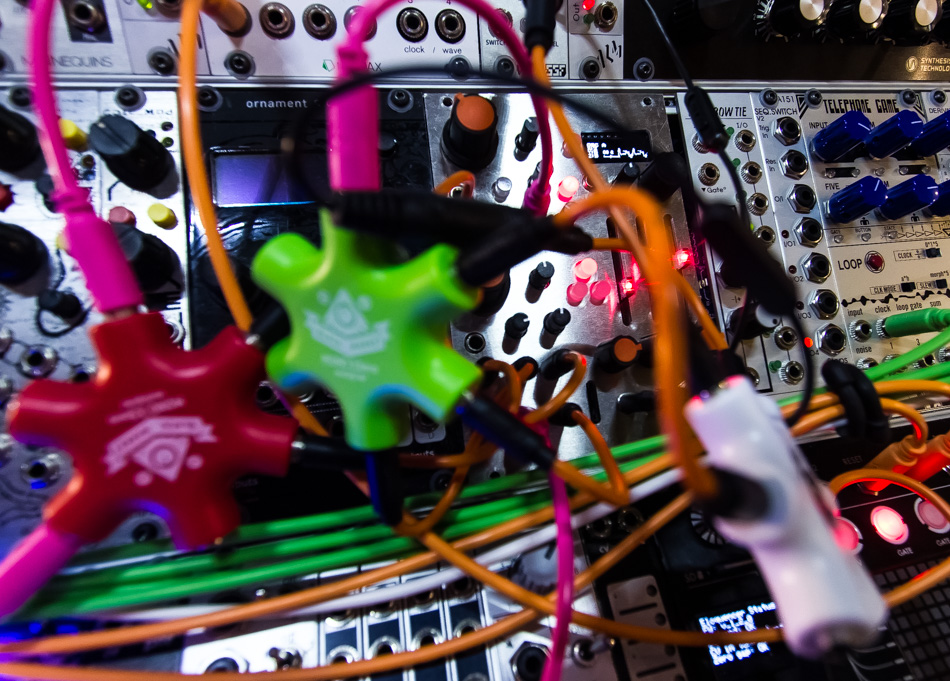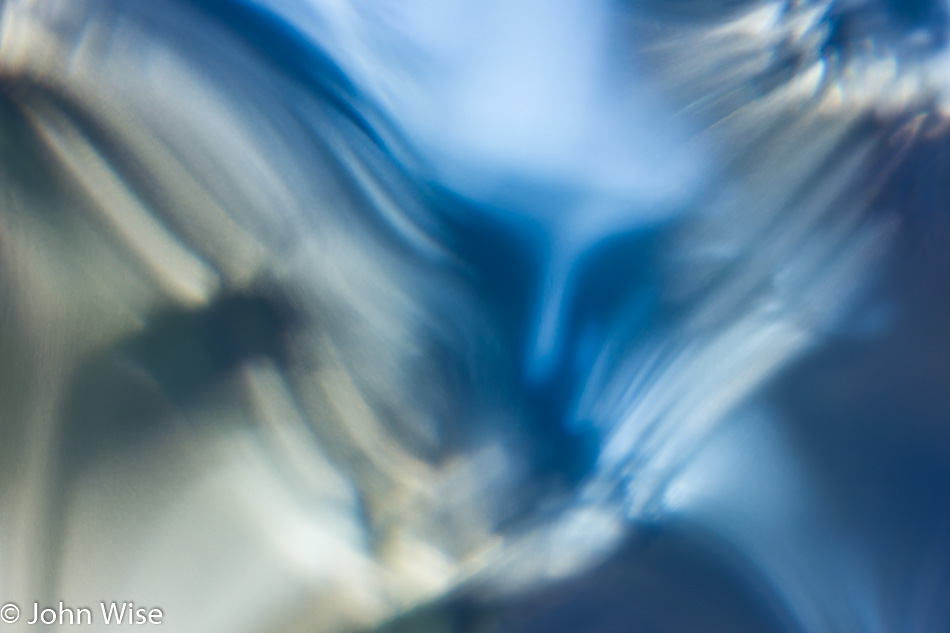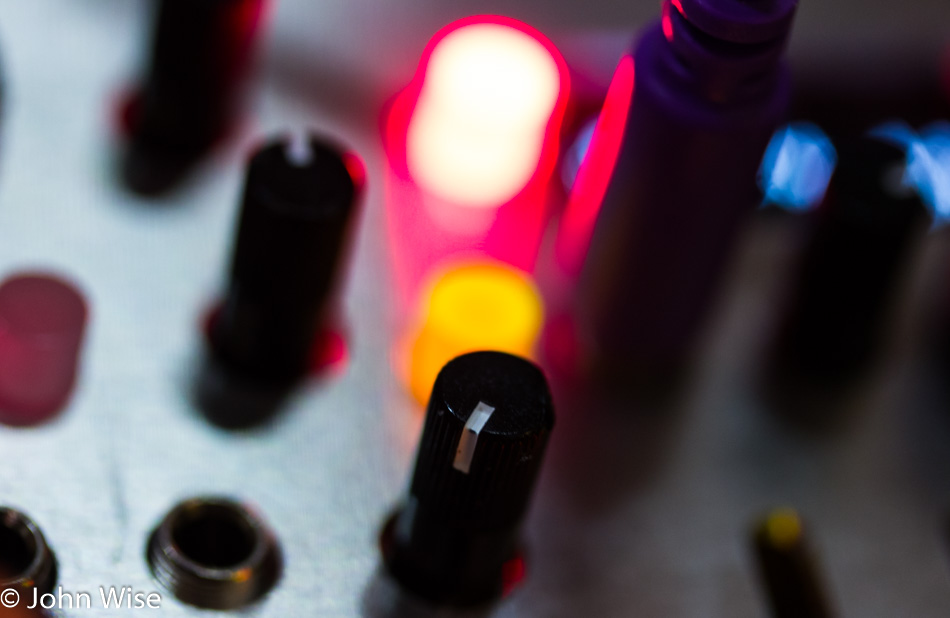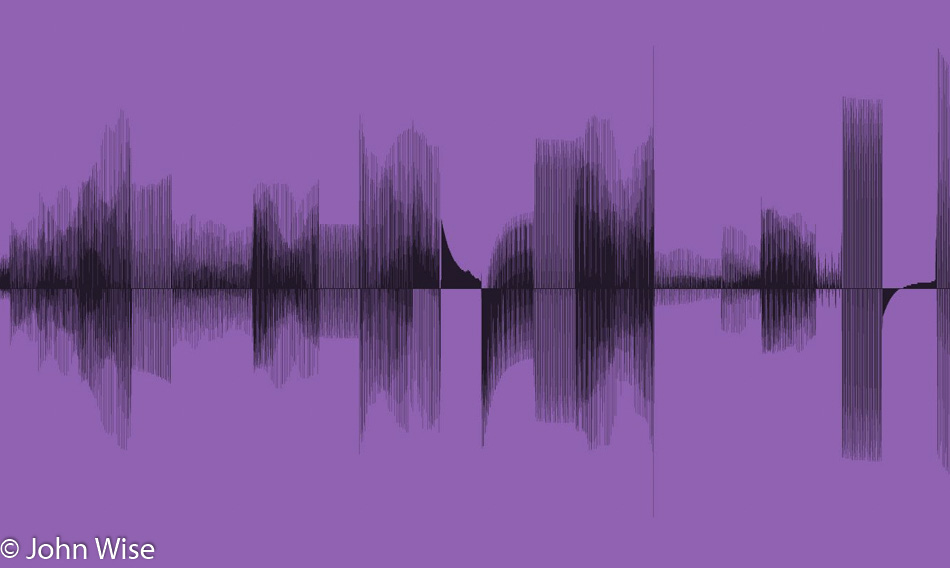
What is love?
Love is the internal hope and desire to inspire others, to mentor, to teach, and to learn from. Romantic love comes when that desire arrives with intimacy.
These characteristics of inspiring, mentoring, and teaching are also the cornerstones and essence of parenting. We, humans, learn from others, investing decades to share their knowledge with us. When the basis of that sharing is poor or ineffective, the results can greatly limit the potential of the person who was to be the recipient of those investments. Over the course of time, the benefits of this community involvement and individual sharing have the potential to aloft those students into various specializations. I suggest that this is an act of love.
To defend in law, treat with medicine, or enhance through invention then becomes the extension of offering love through skills that the one benefiting from these services would not be able to provide themselves. So these skills then reflect our inherent need to offer love and, in turn, require love to be reciprocated.
Art, music, and storytelling are gifts of creativity that allow us to demonstrate abilities that others can strive to emulate so that they, too, might share in the pleasure of witnessing others’ passions. In an age where mere survival is no longer the primary concern of a people, the arts and crafts have the potential to flourish and evolve as new levels of expertise are allowed to find expression.
Finding ourselves able to enjoy passion, inspiration, and finally, intimacy, we may encounter those we can romantically love. Cultivating and then nurturing these relationships requires finesse and nuance to establish mutual trust, finding a sense of certainty that the other will not hurt us.
Because love and pain are so often experienced as being delivered by the same person, we have built defensive mechanisms that can fan the fires of mistrust, making the seed of love difficult to germinate or keep alive. But it is not just love that is harmed by the effect of blurring the line between love and pain; it has an equally damaging role in our ability to learn. Trust between those who are bound together with this delicate emotion must nurture the relationship and not abuse the ability to inflict pain, or else the tender root of love can wither with dramatic negative implications for the individuals and society.
As we move out of adolescence into adulthood, we explore the fragility of deep trust as we try to nurture an exclusive relationship with another person we have not previously given our love to. The effort to satisfy and bring shared experiences passionately into someone’s life requires a tremendous effort where a symbiosis of novelty is evolving between the two people. The herculean task of opening space in oneself while exploring new space within another is precarious as both egos are exposed, and both are made vulnerable. It is then, out of these shared moments of tenderness and acting delicately within the senses of perception that we are able to realize the connectivity of moments that further act to build love.
But what happens should we forget to make these explorations or we never learned how to trust someone else while our most exposed inner selves are laid bare? Can we know love? What of those who are constantly denied love? Most of us start our very lives in the embrace of the people who unequivocally love every single atom of our existence and are willing to take their precious time to start teaching us how to communicate with one another. When will we recognize our own innate ability to share the love and return to inspiring, mentoring, and teaching one another?




